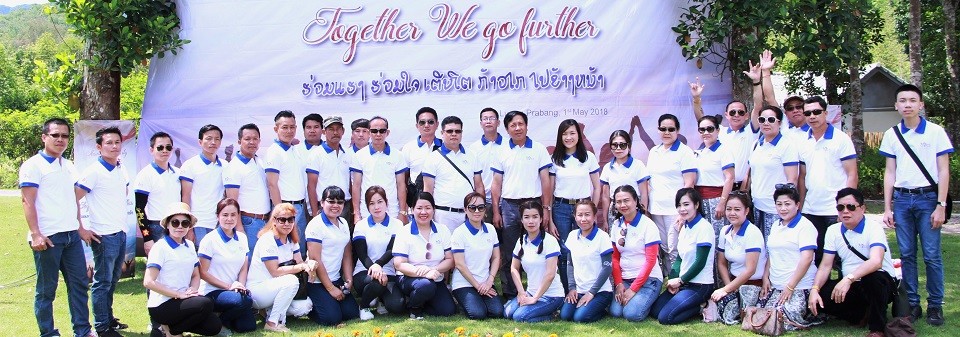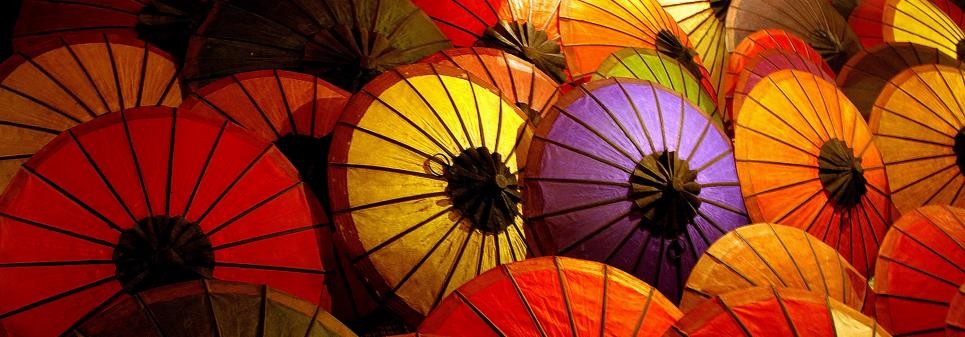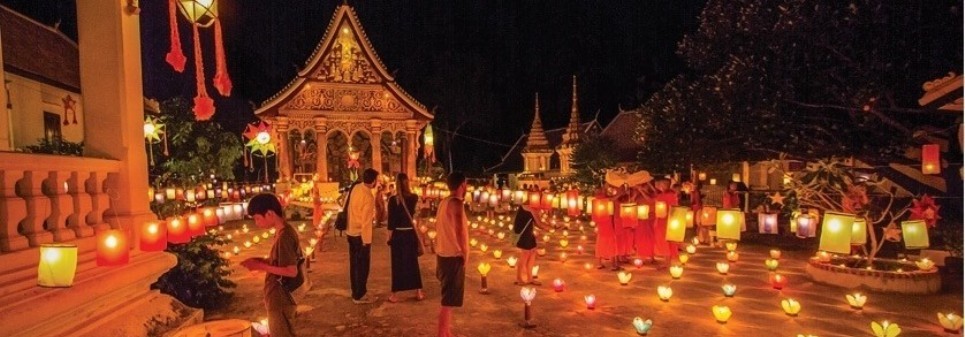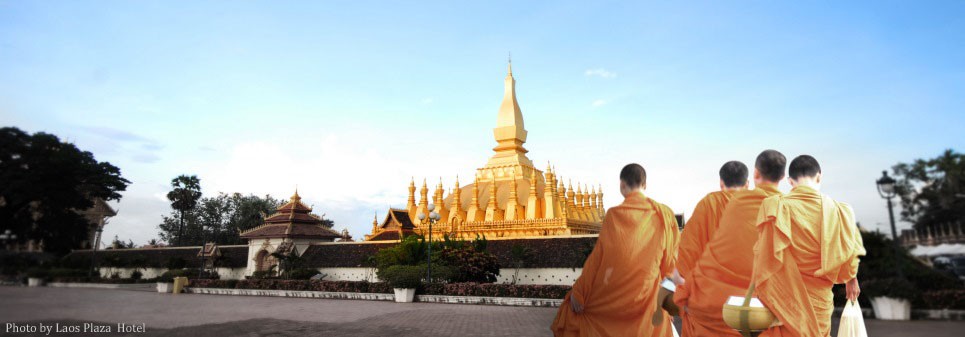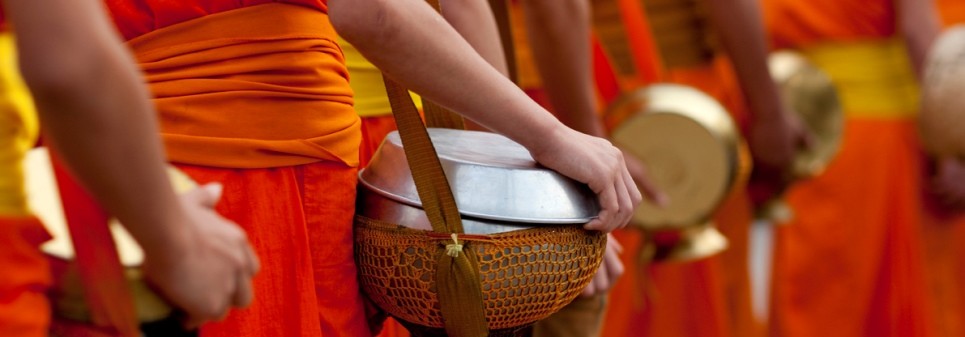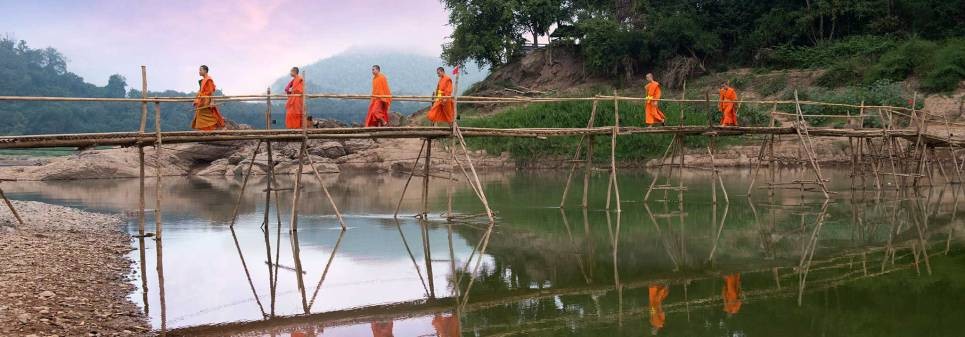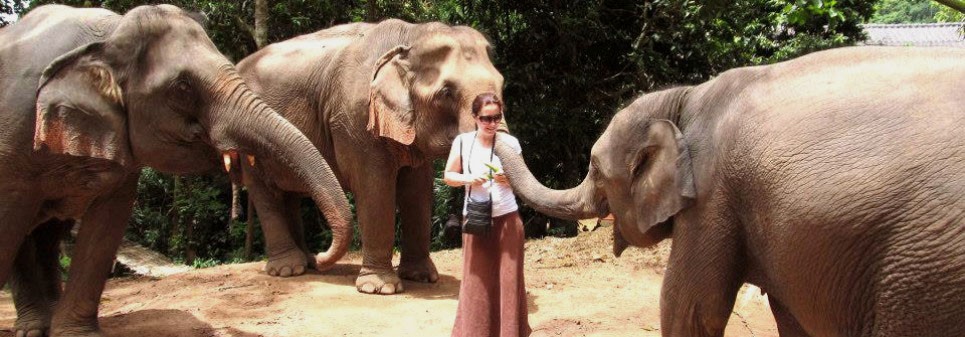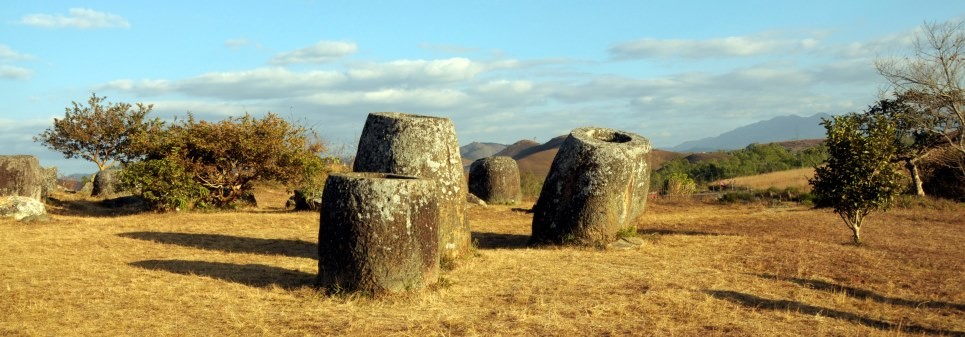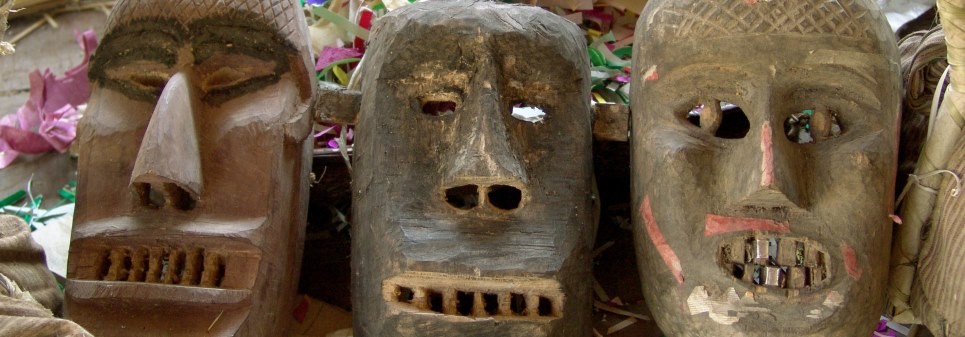Total area: 10,691 square kilometers
Population: 366,723
08 Districts: Salavanh, Ta-Oy, Toumlane, Lakhonepheng, Vapi, Khongxedon, Lao-Ngarm & Samouay
Capital of the province: Salavanh
A southeastern province situated on the Bolaven Plateau is devoted to agriculture and nature offering idyllic scenery. A prehistoric site exists not far from the cascades where a wonderful scene can be seen.
Salavanh Province is home to the Phou Xieng Thong National Biodiversity Conservation Area, covering nearly 1,000 sq km in the western part of the province next to the Mekong River. It is thought that Asiatic black bear, banteng, clouded leopard, Douc langur, elephant, gibbon, guar, Siamese crocodile and tiger and inhabit this area. Within a cave huge stone caskets are piled one on top of the other, province not only beauty but interesting thoughts as to how it originated.
Salavanh has vast tracts of forest and is home to three National Protected Areas that harbor a wealth of biodiversity. Xe Xap, (1,335 km2) Xe Bang Nouane (1,970 km2) and Phou Xieng Thong (1,200 km2) lie mostly within Salavanh’s borders, have a range of habitats and micro-climates and are home to a diverse population of ethnic minority groups. The Mekong River separates Salavanh from Thailand and the province also shares a border with Vietnam to the east. The main geologic features are the Bolaven Plateau, Mekong River Valley and Southern Annamite Mountains, which rise to over 2,000 meters in the eastern portion of the province.
 Most visitors access Salavan by route 20 from Pakse, stopping in Ban Houn, a roadside village that produces fine weavings and basketry. Tad Lo, the best known attraction in the province is a wide, multi-tiered waterfall surrounded by lush greenery and a number of well-planned resorts and guest houses. At Tad Lo you can rent a bicycle, enjoy nature walks and venture out to surrounding villages on the Bolaven Plateau. Tad Lo sits in the center of a major coffee and vegetable growing region, so there is usually a variety of fresh seasonal produce on the menu. East of Tad Lo and the provincial capital are Ta-Oy and Samouay Districts, populated mostly by Mon-Khemer speaking ethnic groups. Here you can see traditional long houses that may house up to 45 people. A nice outing in Ta-Oy is a trip on the Xe Lanong to watch birds and walk to the La Lao Waterfall. Criss crossing the eastern half of the province is the famous Ho Chi Minh Trail network, still in use today as a link between remote villages. Along the trail you can see extensive evidence of the heavy aerial bombardment this part of the country suffered during the Second Indochina War.On the Mekong is Khongsedon District, maker of some of the most potent Lao lao whiskey in the country. Khongsedon has many unusual rock formations along the Mekong valley, best known among them is Phou Lahit with its prehistoric rock paintings.One of the most entertaining songs and dances in the entire country, the Lam Salavanh, was conceived here and this catchy tune really does make you want to get up and dance! There are excellent “khaen” players in Salavanh and the traditional instrument is still made here. Besides coffee, two famous Salavanh products are the fragrant coconuts from Naxai Village and the delicious barbeque chicken that can be purchases at Napong Village on route 13.Like everywhere else in the country, Lao New Year or Pi Mai is celebrated throughout Salavanh for a week around 14 April. Before this are the Katang and Ta-Oy ethnic group’s annual festivals, which occur during late January – early February.
Most visitors access Salavan by route 20 from Pakse, stopping in Ban Houn, a roadside village that produces fine weavings and basketry. Tad Lo, the best known attraction in the province is a wide, multi-tiered waterfall surrounded by lush greenery and a number of well-planned resorts and guest houses. At Tad Lo you can rent a bicycle, enjoy nature walks and venture out to surrounding villages on the Bolaven Plateau. Tad Lo sits in the center of a major coffee and vegetable growing region, so there is usually a variety of fresh seasonal produce on the menu. East of Tad Lo and the provincial capital are Ta-Oy and Samouay Districts, populated mostly by Mon-Khemer speaking ethnic groups. Here you can see traditional long houses that may house up to 45 people. A nice outing in Ta-Oy is a trip on the Xe Lanong to watch birds and walk to the La Lao Waterfall. Criss crossing the eastern half of the province is the famous Ho Chi Minh Trail network, still in use today as a link between remote villages. Along the trail you can see extensive evidence of the heavy aerial bombardment this part of the country suffered during the Second Indochina War.On the Mekong is Khongsedon District, maker of some of the most potent Lao lao whiskey in the country. Khongsedon has many unusual rock formations along the Mekong valley, best known among them is Phou Lahit with its prehistoric rock paintings.One of the most entertaining songs and dances in the entire country, the Lam Salavanh, was conceived here and this catchy tune really does make you want to get up and dance! There are excellent “khaen” players in Salavanh and the traditional instrument is still made here. Besides coffee, two famous Salavanh products are the fragrant coconuts from Naxai Village and the delicious barbeque chicken that can be purchases at Napong Village on route 13.Like everywhere else in the country, Lao New Year or Pi Mai is celebrated throughout Salavanh for a week around 14 April. Before this are the Katang and Ta-Oy ethnic group’s annual festivals, which occur during late January – early February.
Source: www.tourismlaos.org
Other provinces, see more at:
CENTRAL OF LAOS
Central of Laos has 03 provinces: Savannakhet, Khamouane and Bolikhamxay. To explore those provinces, read more at:








